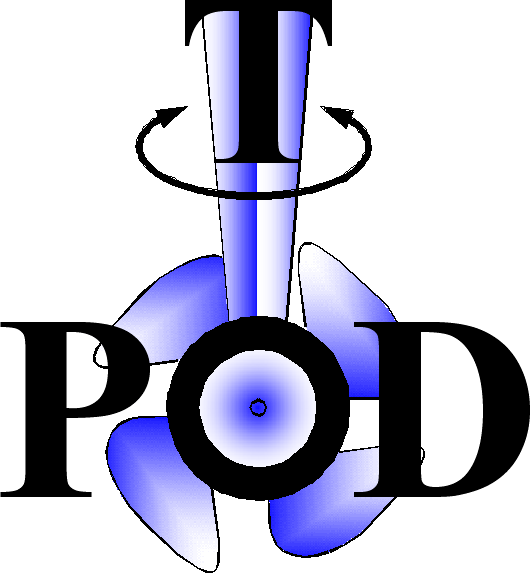


|
|
|
Methods are described for evaluating seakeeping performance of a fast RoPax vessel driven by podded propulsors in the North Sea environment. The evaluation procedure is based on the responses of the vessel in regular waves, the wave conditions encountered, and the limiting values associated with the vesselís mission. The seakeeping performance is represented by two quantitative measures: the Seakeeping Performance Index (SPI); and the Average Attainable Speed (AAS). These measures are evaluated for estimating fraction of time the vessel can operate without exceeding specified criteria and the average speed that can be achieved in the North Sea annually. Seakeeping performance of the fast RoPax design is compared to that of a similar size conventional RoPax vessel. The results indicate that, despite its 20% smaller displacement, the fast RoPax design, in general, has better seakeeping performance characteristics than the conventional one. The presence of podded propulsors can have favourable effects on the seakeeping performance characteristics, particularly, on the vertical plane responses.
|
|
Send mail to
tpod@ncl.ac.uk with
questions or comments about this web site.
|